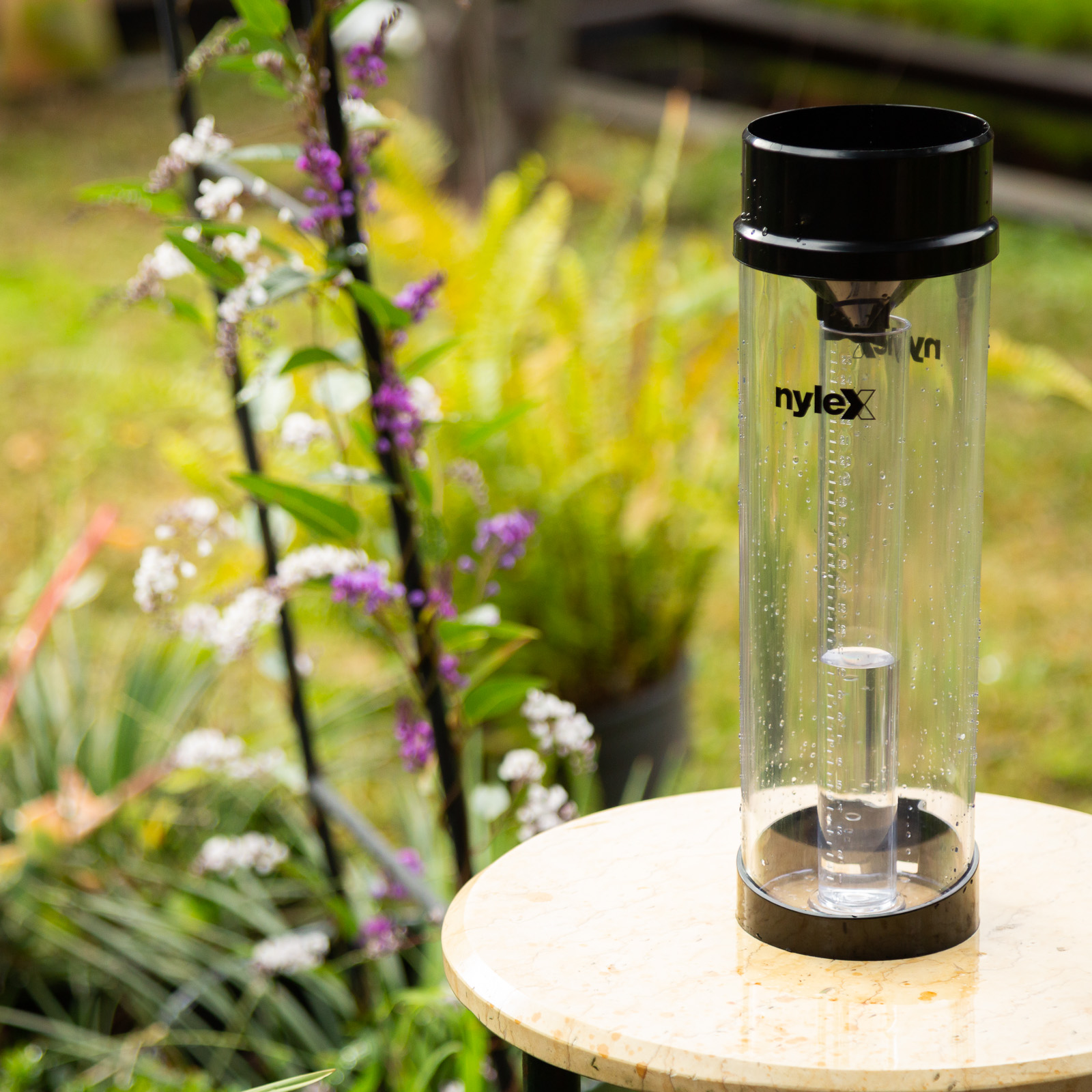Discover the most effective Rain Gauge for Accurate Weather Measurement and Forecasting
Revealing the Scientific Research Behind Rain Evaluates: How These Devices Play a Critical Function in Environment Research Study and Environmental Monitoring
Rain gauges, seemingly basic tools, hold a profound value in the world of environment research study and ecological monitoring. As we peel off back the layers of this scientific shroud surrounding rain determines, we uncover a world where accuracy, information accuracy, and thorough observation assemble to reveal a deeper understanding of our changing environment and its influence on the world.
Significance of Rain Scales
Rain gauges play a crucial role in surveillance and gauging precipitation degrees, providing important data for environment study and analysis. These devices are basic in measuring the quantity of rains that occurs in a certain area over a specific duration. By accumulating and measuring rain, rainfall assesses offer beneficial insights into the distribution and strength of precipitation, assisting meteorologists, hydrologists, and climatologists in recognizing weather condition patterns and trends.
One of the vital reasons that rainfall determines are important is their ability to supply exact and localized data. Unlike satellite or radar-based measurements, which offer broader monitorings, rainfall determines deal exact info particular to the place where they are placed. This localized data is essential for various applications, including flooding forecasting, drought tracking, and water source management. In addition, long-lasting information collected from rain determines helps in assessing climate modification influences and patterns, contributing dramatically to scientific research study and decision-making procedures. Basically, rain evaluates act as important devices in the area of meteorology and ecological scientific research, playing a vital duty in advancing our understanding of weather condition and climate dynamics.
Kinds Of Rain Gauges

Performance and Procedure
In the world of environment study and meteorological research studies, the effectiveness of rainfall assesses lies in their detailed capability and accurate functional mechanisms. Rain gauges are designed to accurately gauge the amount of precipitation that falls over a specific area during a set period.
The functionality of rainfall assesses is based upon the concept of gauging and gathering rainwater in a standardized way. This accumulated data is vital for comprehending neighborhood weather condition patterns, tracking long-lasting environment patterns, and analyzing ecological influences. To make sure accurate measurements, rain gauges demand to be tactically positioned in open locations away from blockages such as buildings or trees that can conflict with the collection procedure.
The operational element of rainfall determines entails regular maintenance to prevent debris accumulation, calibration checks to maintain dimension precision, and information recording for analysis (rain gauge). On the whole, the capability and operation of rain assesses are vital for collecting trusted precipitation data crucial to environment research study and ecological surveillance
Role in Climate Research
Given the crucial relevance of exact precipitation measurements in understanding weather patterns and ecological impacts, the function of rainfall determines in climate research is important. Rainfall determines read this post here provide crucial information for environment research study by quantifying the quantity of precipitation that tips over a certain location during a given duration. This information is crucial for checking long-term patterns in precipitation patterns, analyzing the effect of environment change on rains distribution, and enhancing climate designs.

Climate scientists use you can look here information collected from rainfall determines to examine variants in rainfall degrees, identify regional climate trends, and assess the effectiveness of water resource management techniques. By comparing historic rainfall information with current measurements, researchers can discover shifts in precipitation patterns, such as modifications in the frequency or strength of rainfall events. This details is essential for recognizing how climate change is influencing rainfall dynamics and can assist policymakers make informed decisions pertaining to adjustment and mitigation strategies.
Applications in Ecological Surveillance

In flood forecasting, rainfall scale data assists to track rainfall strength and circulation, enabling authorities to issue prompt cautions and take needed procedures to reduce flood risks (rain gauge). Dry spell surveillance depends on rainfall gauge data to assess moisture degrees in the soil and track rainfall deficiencies, assisting in the recognition of drought-prone areas and the execution of dry spell feedback techniques
In addition, rain gauge information plays an important duty in water resource monitoring by providing details on water schedule and use patterns. In addition, in farming, rain scale explanation data helps farmers in maximizing watering schedules, crop choice, and total farm management methods based on neighborhood rainfall patterns.
Conclusion
To conclude, rain assesses are crucial devices for gauging rainfall, giving valuable data for environment research and environmental monitoring. With various types and capabilities, rain assesses play a crucial role in understanding precipitation patterns and their effect on the environment. By properly gauging rains, these gadgets add to the development of scientific knowledge and aid in making educated choices pertaining to water resource management and calamity readiness.
Rain evaluates play an indispensable duty in tracking and measuring rainfall degrees, offering essential information for climate research and evaluation. The conventional rain scale, understood as the "tipping pail" gauge, is one of the most frequently utilized tools. Ultrasonic rain gauges usage noise waves to spot the visibility of rain, providing real-time information on precipitation degrees.Climate scientists utilize information gathered from rainfall assesses to analyze variants in precipitation degrees, identify local environment trends, and review the efficiency of water resource monitoring techniques.In verdict, rain gauges are essential devices for measuring rainfall, supplying important information for climate study and ecological monitoring.